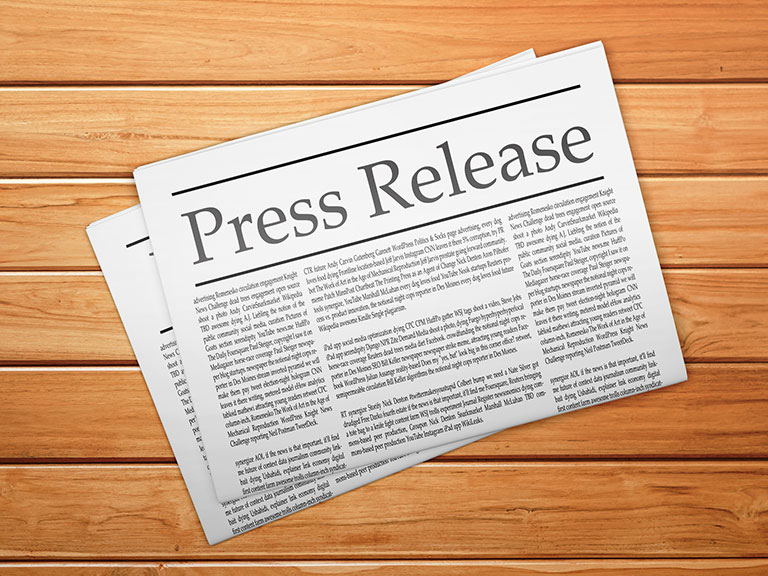
How To Write A Compelling Press Release For Your Event
Published
Crafting a press release that captures the essence of your event and secures media coverage is an essential skill for any event organizer. Understanding how to write a press release for an event involves not just relaying information but also telling a compelling story. This article will walk you through the steps necessary to create an impactful press release that resonates with journalists and your intended audience.
Step 1: Know Your Audience and Objective
Before you begin writing a press release for an event, identify the primary audience for your message. Are you targeting industry journalists, local community reporters, or a wider public audience? Understanding who you are writing for will shape the language, tone, and angle of your press release.
Your objective should be clear: What do you want to achieve with this press release? Whether it is to increase event attendance, highlight an important cause, or announce a new product launch at your event, your goal will dictate the content of your press release.
Step 2: Craft a Newsworthy Angle
The core of writing a press release for an event is to present it as newsworthy. Why should the media and the public care about your event? Is there a celebrity guest, a charitable component, or an unprecedented industry gathering? Your angle should be interesting, relevant, and timely to ensure it captures attention.
Step 3: Write a Compelling Headline
The headline of your press release is the first impression you make on the reader. It should be attention-grabbing, informative, and concise. Use action verbs and clear language that conveys the excitement and significance of your event.
Step 4: Get to the Point in the Lead Paragraph
The lead paragraph should answer the who, what, when, where, and why of your event. Journalists and readers should get the most critical information upfront. This section should be succinct yet detailed enough to provide a clear picture of your event.
Step 5: Provide Supporting Details
After the lead paragraph, delve into the details. This is where you expand on the information provided in the lead, giving more context to your story. Discuss the event’s purpose, its agenda, and any noteworthy speakers or participants. Highlight the unique selling points that differentiate your event from others.
Step 6: Include Quotes
Quotes add a human element to your press release, providing a voice to your story. Include quotes from key figures involved in the event, like the organizer, keynote speaker, or a beneficiary of the event’s cause. Ensure the quotes are meaningful and add value to the press release rather than filler.
Step 7: Provide Essential Information
Toward the end of the press release, include logistical information. This includes the event location, date, time, ticket pricing, and where to purchase them. If your event uses a specific event management platform or app, such as Grupio Custom, mention how attendees can utilize it for a more engaging experience.
Step 8: Boilerplate and Contact Information
A boilerplate is a short paragraph about your company or the event’s organizers. It gives background information that is not necessarily newsworthy but is essential for understanding the broader context of the press release. Following the boilerplate, always provide the contact information of the person handling media inquiries. Include a name, phone number, email address, and website URL to ensure journalists can reach out for additional information or clarifications.
Step 9: Optimize for Search Engines
When writing a press release for an event, remember that it will likely be distributed online. Hence, it should be optimized for search engines. Include relevant keywords, such as the event name, location, and the type of event, without overstuffing. This will help your press release rank higher in search results and increase its visibility.
Step 10: Proofread and Edit
Before sending out your press release, make sure to proofread it for grammar, spelling, and punctuation errors. An error-free press release reflects professionalism and credibility. It may be helpful to have a second pair of eyes review it to catch mistakes you might have missed.
Step 11: Distribute Strategically
Distribution is just as important as the content of your press release. Research and compile a list of media contacts who would be interested in your event. Utilizing distribution services and tools can also extend your reach. Do not forget to consider the timing of your release; it should be timely but also give journalists enough lead time to cover your event.
Step 12: Follow Up
After distribution, follow up with key media contacts. A personal email or phone call can go a long way in ensuring your press release gets the attention it deserves. This also gives you the opportunity to build relationships with journalists for future events.
Mastering how to write a press release for an event is a critical step in event promotion. A compelling press release can make the difference between an overlooked event and one that enjoys wide coverage and attendance. Remember, the press release is your chance to tell the story of your event, so make every word count.
When planning your next event, consider integrating technology to enhance the experience for attendees and press alike. Utilizing platforms like Grupio multi-event can provide your audience with a comprehensive mobile experience, making it easier for them to engage with your event’s offerings and for you to disseminate information effectively.


